14 April 2025
Hey, game enthusiasts! Have you ever fallen head-over-heels for a video game character? Maybe it’s the way they look, the way they move, or even the quirky lines they drop during a tough boss fight. Well, that's not an accident. Game developers have been pushing the boundaries of character design to make games more immersive than ever. If you're wondering how today's characters are so ridiculously lifelike and relatable, buckle up—because we’re diving into some of the coolest innovations in character design that are shaping the way we play games.
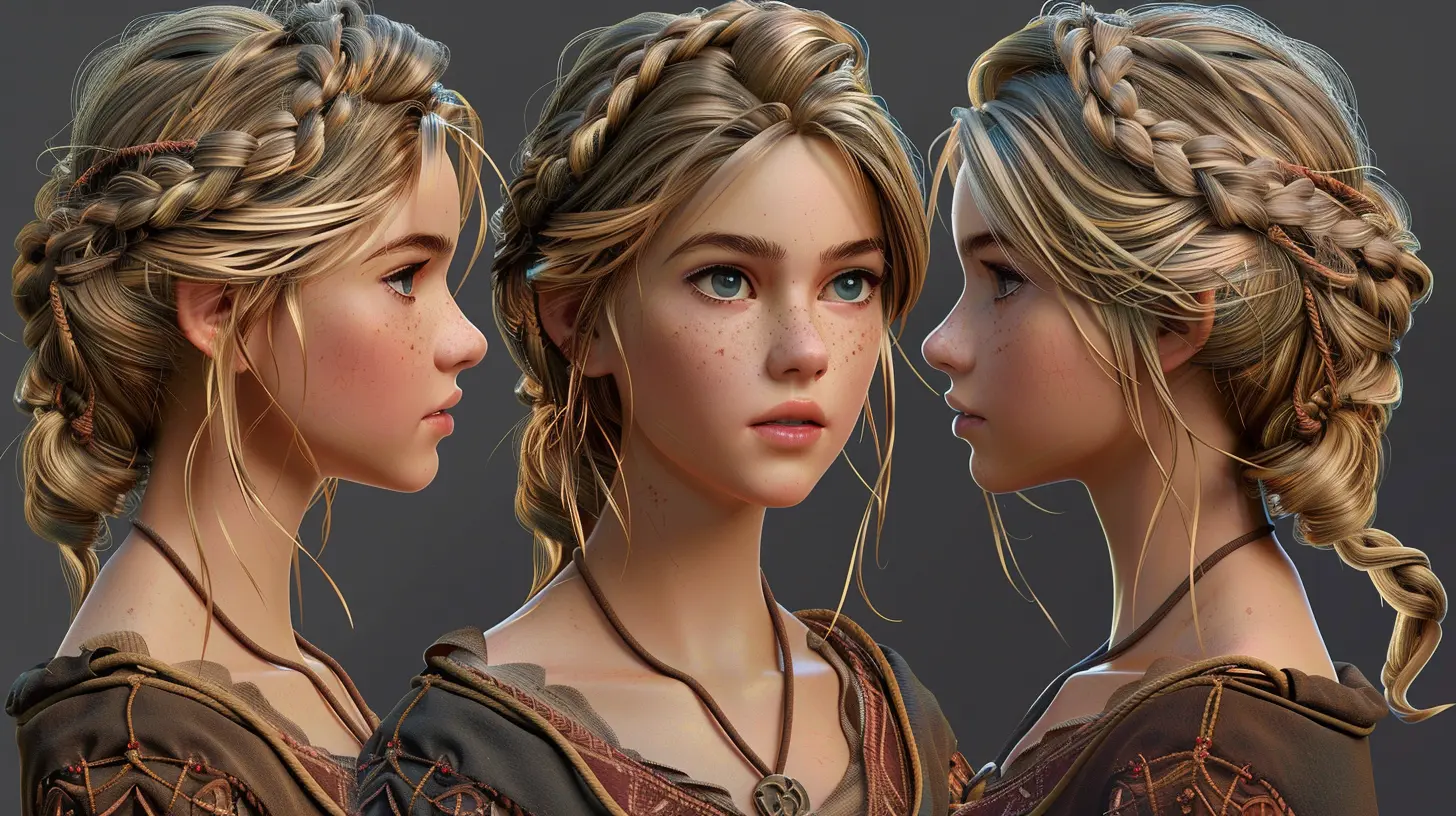
The Evolution of Character Design
First, let’s take a quick stroll down memory lane. Remember pixelated Mario from the '80s? His design was iconic but basic (sorry, Mario, you know it’s true). Fast-forward to today’s games, and we have characters oozing with personality, emotion, and depth. This isn’t just about making them look real—it's about making them feel real.What changed? Well, a lot. Designers started using cutting-edge tech, leaning on psychology, and embracing some really weird (and wonderful) ideas to make their creations unforgettable. Let’s look at exactly what’s going on behind the curtain.
1. Hyper-Realistic Facial Animations
Okay, picture this: your favorite game character is giving a heart-wrenching speech, and their face actually moves like a real human’s. You notice the subtle crinkle in their eyes, the quiver in their lip, and suddenly you're crying too. How do developers pull this off?The secret sauce here is motion capture technology. Developers use actors to record facial expressions, emotions, and even micro-movements, translating them into the game. Remember Ellie’s heartache in The Last of Us Part II? That gut-punching realism happened thanks to advanced motion capture paired with AI-driven facial rigs.
But wait—there’s more! Studios like Quantic Dream are experimenting with real-time rendering to make expressions even more lifelike. Think about it: we’re talking about faces so detailed that even their pores tell a story.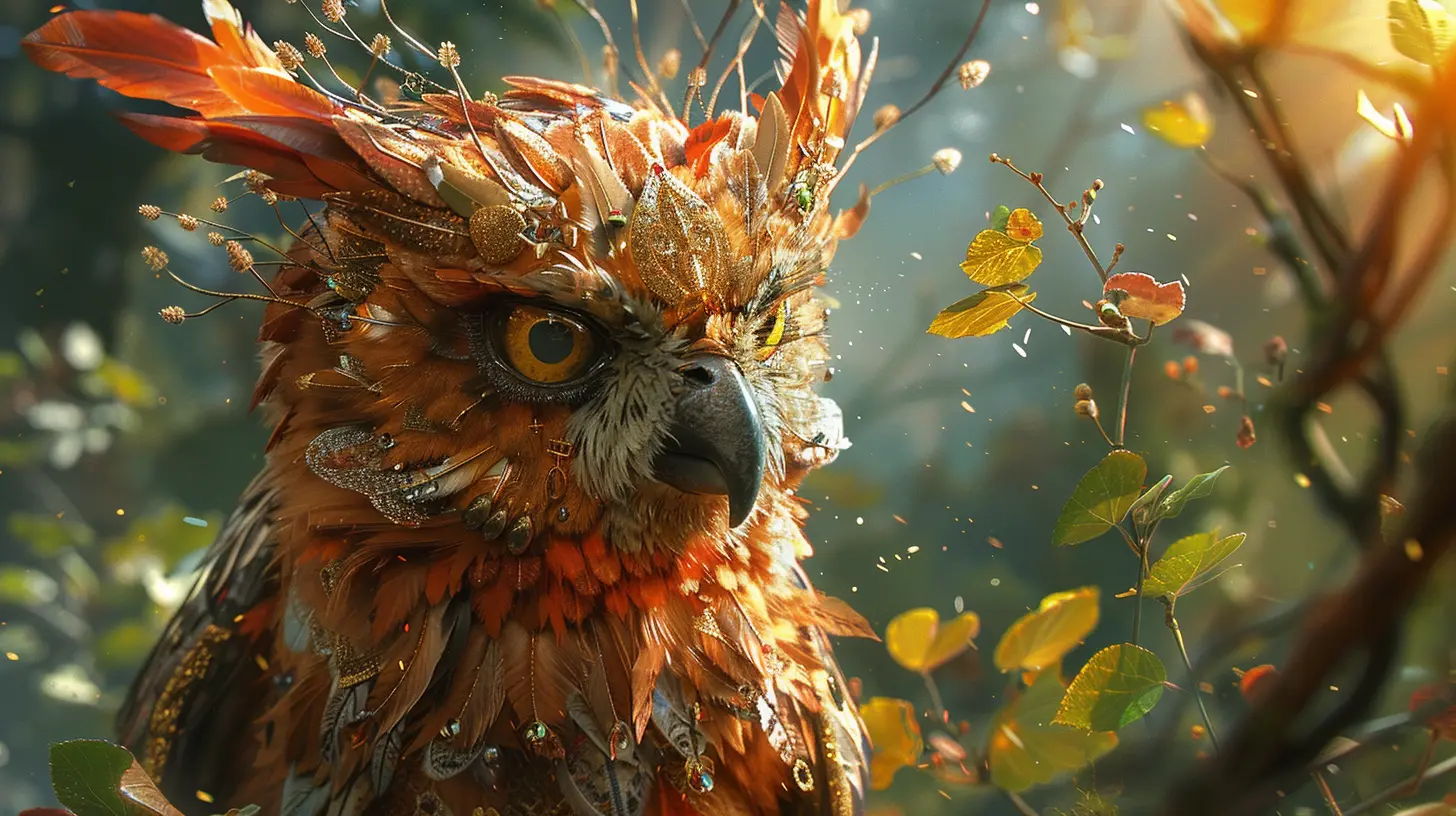
2. Diversity and Representation
Gone are the days of cookie-cutter (and let’s be honest, culturally tone-deaf) characters. Today’s games are embracing diversity like never before, bringing in characters from all walks of life. And it’s not just for the sake of ticking boxes—it’s about creating genuine connections with a wider audience.Games like Celeste (featuring Madeline, a transgender protagonist) and Spider-Man: Miles Morales (hello, Afro-Latinx hero!) show just how impactful diverse characters can be. Designers are consulting cultural experts, doing their homework, and making sure every detail—from accents to clothing—is authentic.
This focus on representation isn’t just heartwarming; it’s game-changing (pun intended).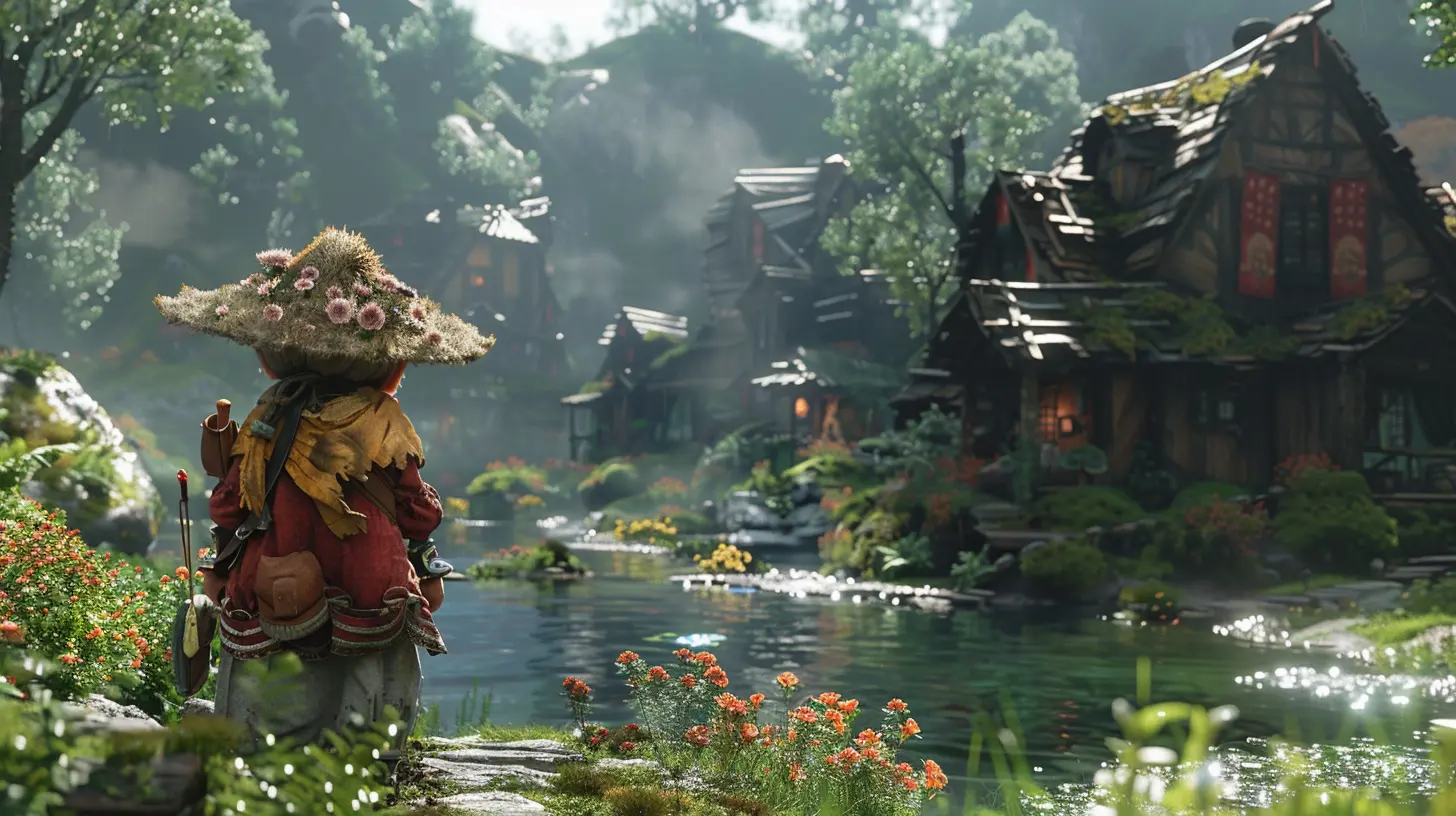
3. Procedural Generation: One-of-a-Kind Characters
Have you ever played a game where each NPC (non-playable character) felt unique? That’s probably thanks to procedural generation. It’s like baking cookies, but instead of cutting out identical gingerbread men, the dough magically reshapes itself into endless unique creations.Games like No Man’s Sky and Cyberpunk 2077 use procedural generation to ensure you never run into the same person twice. Hair color, facial features, and even fashion choices are randomized, making the world feel alive.
Want to take it a step further? In Watch Dogs: Legion, you can recruit literally ANY NPC. Each one has a name, backstory, and personality. Mind officially blown.
4. Emotional AI: Characters That Feel You
Here’s where things start to get a little spooky (in the coolest way possible). Developers are integrating emotional artificial intelligence into character design, making NPCs react to YOU.Let’s say you’re being a jerk in-game—maybe you ignored your companion for too long or made a selfish choice. The NPCs around you might start glaring at you, refusing to help, or even holding a grudge.
Take Red Dead Redemption 2, for example. If you neglect your horse, it’ll start to behave poorly. But nurture it, and you’ll have a loyal steed for life. It’s like Tamagotchi, but way more intense.
5. Biomechanics and Movement
Ever noticed how a character’s movement can tell their story? A confident hero like Geralt from The Witcher 3 struts with purpose, while a timid character might shuffle or avoid eye contact.Developers are now using biomechanics to ensure every movement feels real. By studying how muscles shift, joints bend, and weight shifts, characters are now moving like living, breathing creatures.
This level of detail doesn’t stop at walking animations—combat mechanics are also stepping up big time. Games like Ghost of Tsushima nail the subtlety of sword stances and craft fluid, realistic movements that draw you into the fight.
6. Interactive Wardrobes: Fashion Meets Functionality
Dress for the job you want, right? In games, character outfits are no longer just eye candy—they’re all about function, storytelling, and sometimes even survival.In Assassin’s Creed Odyssey, the armor you choose isn’t just an aesthetic decision. It impacts your stats, health, and abilities. Plus, the wear and tear on your clothing can reflect the harsh journey you’ve been on.
Designers are also allowing players to mix and match outfits, giving you creative control. Want to look like a battle-hardened warrior with a touch of whimsy? You got it.
7. Voice Integration and Personality
Can we take a moment to appreciate game voice actors? Characters like Kratos (God of War) and V (from Cyberpunk 2077) wouldn’t hit as hard without those incredible voices bringing them to life.But it’s not just about voice acting anymore. Developers are weaving vocal performances into the very fabric of character design. For instance, in Hades, your interactions with the gods feel personal, thanks to dynamic voice lines that adapt to your progress.
Oh, and let’s talk about accents. In Dragon Age: Inquisition, regional dialects give characters a sense of belonging in their fictional world. It’s all in the details, folks.
8. Interactive Backstories
Here’s a fun twist: characters now come with customizable—or even interactive—backstories. It’s kind of like those “choose your own adventure” books, except way cooler (and with fewer paper cuts).Take Mass Effect, for example. You can shape Commander Shepard’s backstory, making choices that ripple through the story. Your past influences how NPCs treat you, what quests you unlock, and even who you romance.
This innovation gives players more emotional investment. Honestly, who wouldn’t want to be besties (or lovers) with Garrus?
9. Breaking the Fourth Wall
You know those moments when a game feels like it's reading your mind? That’s intentional. Developers are finding sneaky ways for characters to break the fourth wall and acknowledge YOU.Take Undertale, where characters remember your choices—even if you restart the game. Yeah, it’s unsettling, but it’s also brilliant.
Or think of Metal Gear Solid, where Psycho Mantis could "read" your memory card and comment on your save files. That’s next-level immersion.
Why This Matters
So why are developers going to such insane lengths for character design? Simple: immersion. When a character feels real, it’s easier to lose yourself in the game world. You laugh with them, cry with them, and sometimes get genuinely pissed when they betray you.And guess what? This isn’t just about fun. These innovations are pushing creativity, technology, and storytelling to new heights.
The Future of Character Design
What’s next? Imagine AI-driven characters that evolve over time, adapting to your playstyle and decisions. Or perhaps holographic characters that step out of your screen (hello, sci-fi future).One thing’s for sure: the gap between reality and gaming is shrinking fast. The only question is whether we’re ready for just how real things will get.

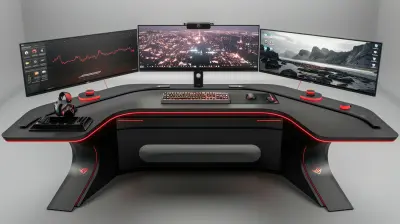
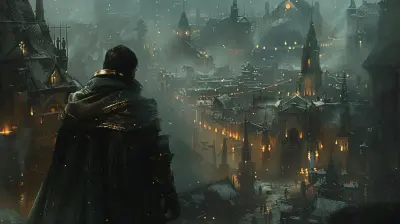

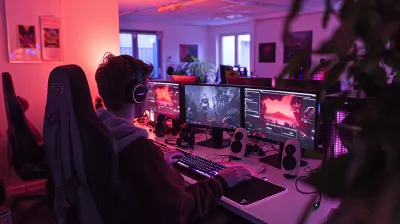
Kara Thompson
This article insightfully explores how advancements in character design enhance player immersion, highlighting the balance between aesthetics, narrative depth, and player connection in modern gaming experiences.
April 24, 2025 at 3:21 PM